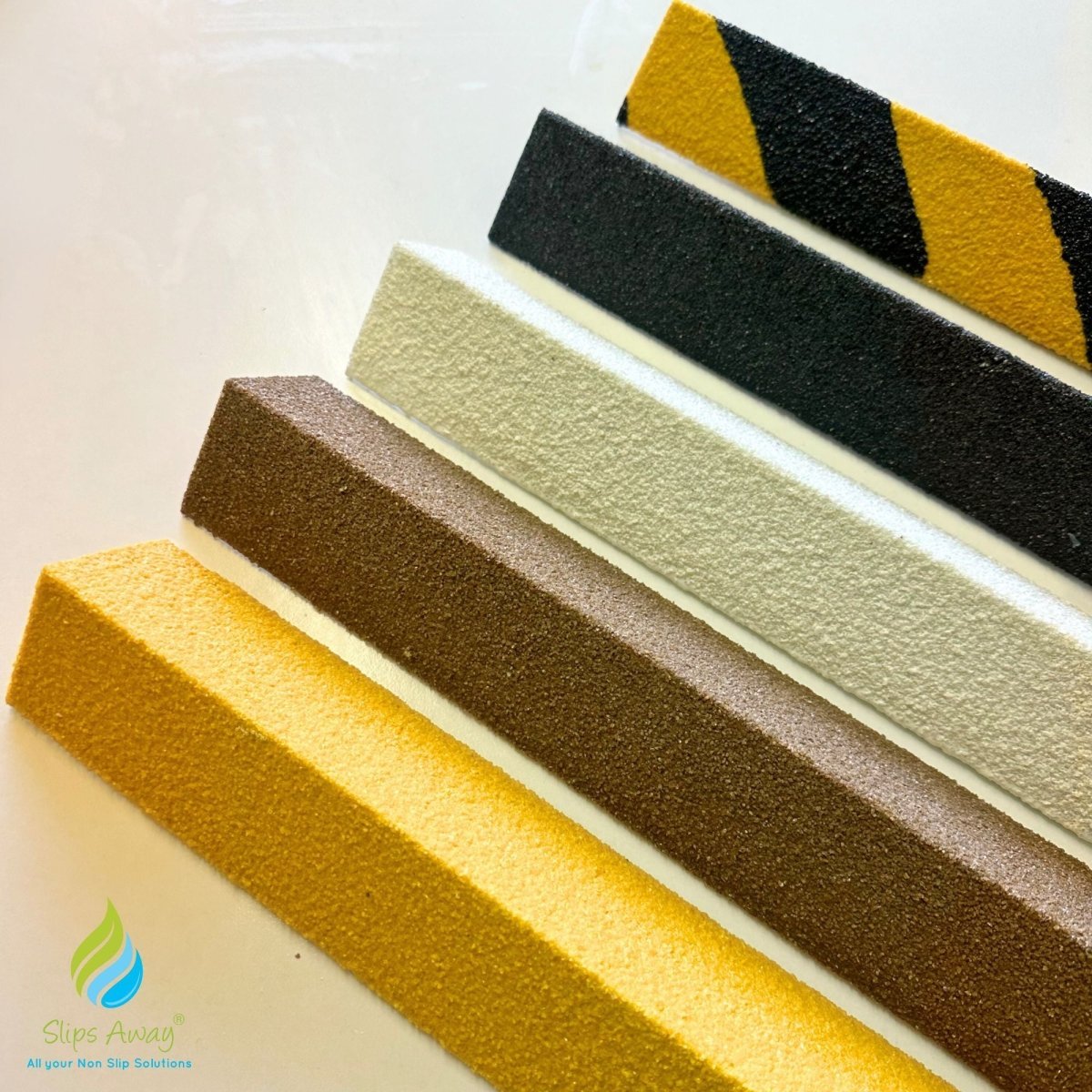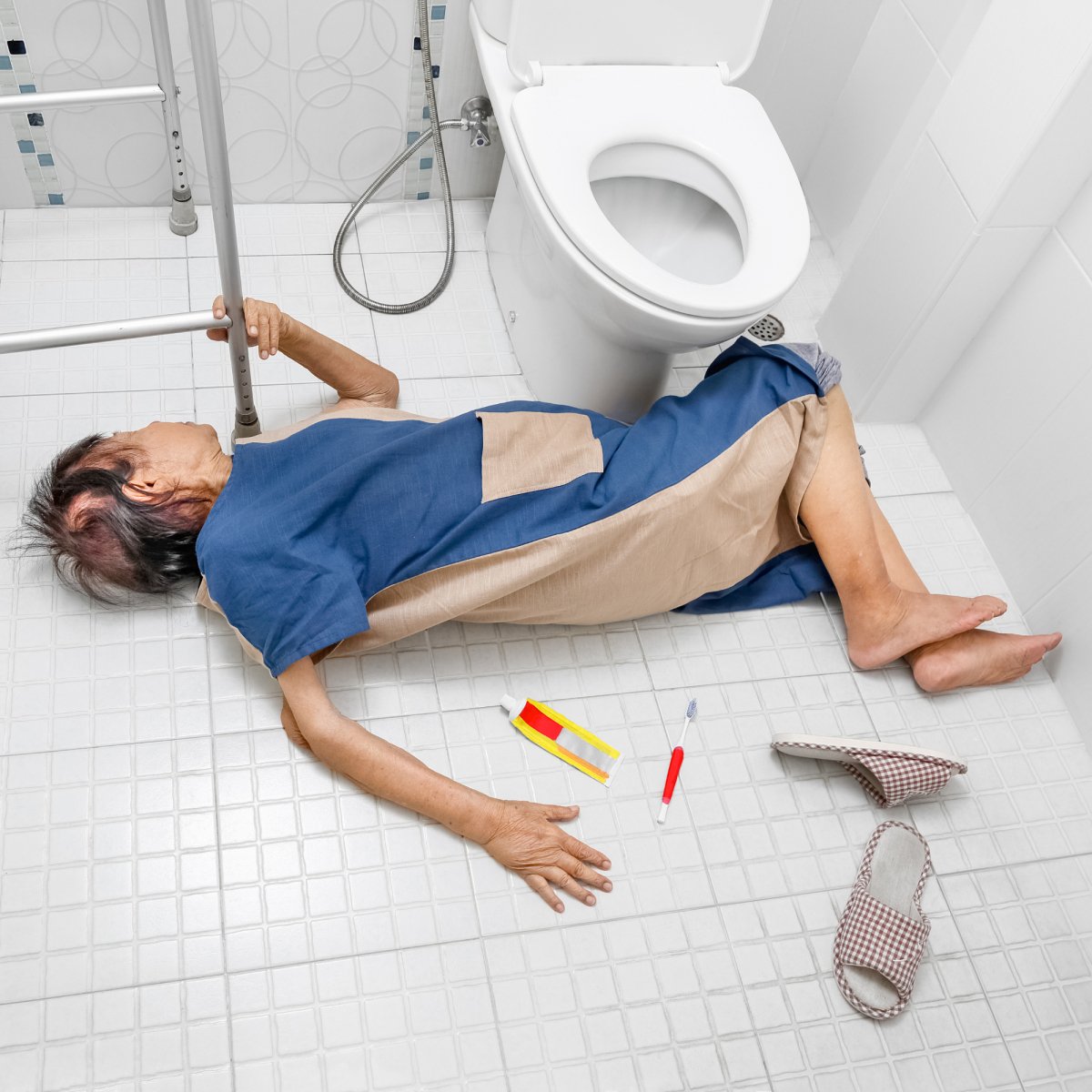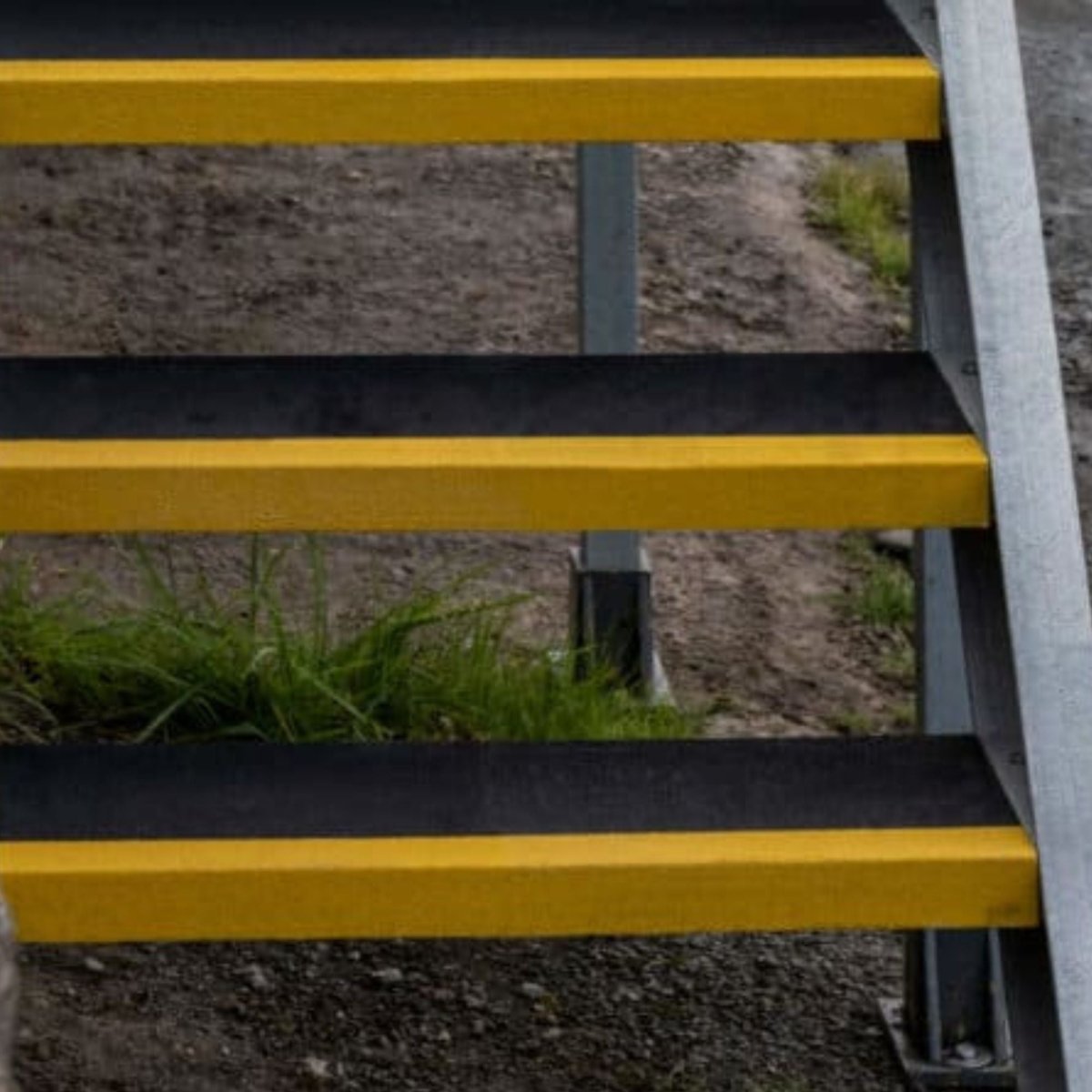SlipsAway Stair treads, nosings, and risers are crucial elements in ensuring the safety and functionality of staircases. These components are installed to enhance usability by offering traction and support for feet, thus minimising the risk of slips, trips, and falls. Whether in railway stations, multi-storey car parks, schools, or other public, commercial, or industrial settings, slipsaway stair anti-slip features play a pivotal role. Read on to explore their common applications and key advantages.
WHAT IS A STAIR TREAD?
The horizontal surface of a staircase, where one walks, is known as the stair tread. Stair treads come in various materials depending on the environment and intended usage. While residential properties often feature carpeted stair treads, non-slip covers are prevalent in commercial, industrial, and high-traffic public areas. These covers mitigate accidents on staircases, potentially reducing legal liabilities in case of injuries.
Benefits of Anti-Slip Stair Treads:
Anti-slip stair tread covers offer numerous benefits both indoors and outdoors. From easy installation to exceptional durability, they enhance safety and security in various settings. Stair tread covers can be easily fitted over existing treads, including the front edge of stairs, and some come with contrasting edges to aid visually impaired individuals.
Key benefits of stair treads include:
- Exceptional anti-slip properties
- Compatibility with various surface materials
- Resistance to fire, oil, grease, corrosion, and wear
- Improved visibility
- Customisable sizing
Where Are Anti-Slip Treads Used?
Anti-slip stair treads find applications in numerous settings where slip hazards exist, including school stairways, pedestrian bridges, factory floors, marinas, fire escapes, access ramps, and sports clubs.
WHAT IS A STAIR NOSING?
The protruding horizontal edge of a stair tread, experiencing the highest foot traffic, is termed a stair nosing. Stair nosings offer a quick and effective solution to enhance safety on steps and stairways. They provide anti-slip qualities, improving grip and protecting the edge of the tread, while also offering high visibility, particularly beneficial in dimly lit areas such as railway stations at night.
Benefits of Stair Nosings:
Stair nosings boast strong anti-slip features, making stairs safer for users, especially in wet conditions. They are compliant with accessibility regulations and building standards, ensuring safe access for all individuals.
Key benefits of stair nosings include:
- Excellent traction
- High visibility
- Long-lasting durability
- Fire retardant properties
- Resistance to oil, grease, corrosion, and impact
Where Are Stair Nosings Used?
Stair nosings are employed in various indoor and outdoor locations, including schools, colleges, universities, pedestrian walkways, footbridges, railway platforms, and ramps.
WHAT IS A STAIR RISER?
The vertical space between each step of a staircase is known as the stair riser. Risers may be open or closed, depending on the staircase design. While risers themselves do not require anti-slip features, choosing a different colour for risers compared to treads and nosings enhances visibility for users, including visually impaired individuals.
WHY ARE STAIR TREADS, NOSINGS, AND RISERS IMPORTANT FOR SAFETY?
Stair treads, nosings, and risers play critical roles in enhancing the safety and design of staircases. Anti-slip surfaces recommended by health and safety authorities help reduce accidents, especially in high-traffic areas like railway stations and public buildings. Additionally, these components extend the lifespan of staircases by protecting them against wear and tear from foot traffic.
IMPROVE STAIR SAFETY TODAY WITH SLIPS AWAY
At SlipsAway, we specialise in providing effective anti-slip solutions for various industries and sectors. Our stair treads and nosings prioritise safety, helping prevent slips, trips, and falls. Contact us today to enhance the safety of your stairs.
What are stair nosings, treads and risers?














